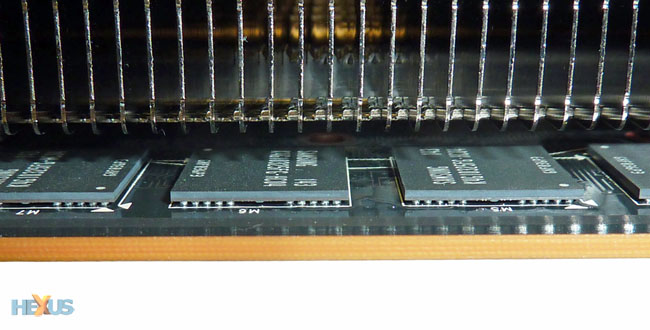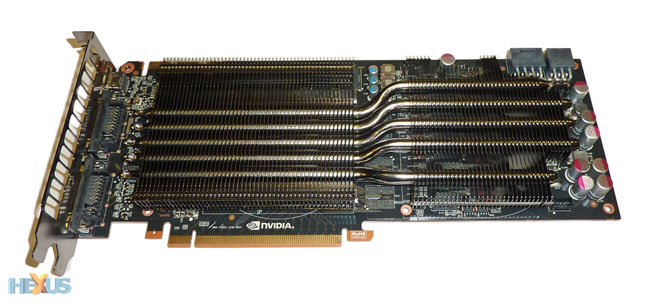Classified material
With AMD launching six new GPUs from the Radeon HD 7000-series in the last three months and NVIDIA busy readying its next-generation 'Kepler' architecture, the extant GeForce line of graphics cards have been largely overlooked by review websites. However, as a precursor to Kepler and a means to stimulate interest in the GeForce 500-series GPUs, NVIDIA has wielded the pricing axe, via partner rebates, with retailers now offering the speedy GTX 580 for £299 and the GTX 560 Ti 448 from £190.
The price cuts are savage enough for us to take another look at the GTX 560 Ti 448, launched just before Christmas 2011, with a perusal of another partner-overclocked card in the form of the EVGA Classified.
As a quick refresher, 560 Ti 448's name is something of a misnomer. The underlying GPU is based on the high-end GF110 die of the GTX 570 and 580, not the cheaper GF114 used on the GTX 560 Ti: naming conventions, eh? In fact, it is differentiated from the GTX 570 through the loss of just one Streaming Multiprocessor unit - 14 vs. 15 - and all other specifications, including frequencies, remain the same.
EVGA carries three pre-overclocked Ti 448s: the FTW, Classified, and Classified Ultra. The review model is the mid-spec. Classified card. It uses an EVGA-specific cooling system and bumps up the stock 732/3,800MHz clocks to 797/3,900MHz. The Ultra isn't that much faster, really, shipping with a core frequency of 810MHz.
Very much looking the business and based on a 10.5in-long PCB with a card-wide cooler, the Classified uses two 80mm sleeve-bearing fans sat on top of a five-heatpipe heatsink.
Construction is solid and it's aesthetically attractive, helped by mid-section EVGA branding that lights up when the card is powered. The 8+6-pin power plugs show the provenance of this PCB to be very much from the GTX 580, and one look at the DS Superclocked model of that GPU does much to confirm our suspicions.
Higher clocks intimate that this Classified model will benchmark at around five per cent higher than a stock Ti 448, and use of the firm's Precision Tool, an overclocking utility, should enable even higher speeds to be reached.
The cooler, which we'll come to in a minute, doesn't quite touch the 1.2GB of GDDR5 memory chips that are all contained on the topside of the PCB. Looking further right, two SLI fingers enable three-way running, assuming you have a chassis and power supply that can handle 700W of GPU load. Though it is obvious from the pictures, folk can be reassured that this is a dual-slot card, not one of these triple-slot monstrosities.
The plastic shroud encloses much of the PCB. EVGA has a large venting section at the top of the IO section, and the fans do a good job of pushing the hot air through to the rear. Providing lots of real estate for venting gives rise to EVGA using a mini-HDMI connector that's to the left of two dual-link DVI slots. Remember, you cannot use the three digital outputs in tandem on a GeForce GTX 500-series card.
Take away the plastic cover and the large heatsink comes into view. The left-hand section is screwed on to the big-ass GF110 die, though the right-hand side floats above the heat-producing components. We suppose EVGA simply wants to increase the heatsink's surface area without having to manufacture specific coolers for various cards, but we had hoped to see concurrent memory and VRM cooling in place.
Backed by a three-year warranty and nicely packaged with a mini-HDMI-to-HDMI cable, power plugs and well-written instructions to boot; the Ti 560 448 Classified is now available for around £205. Its revised pricing puts it firmly in the crosshairs of AMD's nascent Radeon HD 7850 GPU. Question is, can a price-reduced, pre-overclocked Fermi stick it to the Pitcairn new boy? Let's find out.














